Camille Claudel in 5 Sculptures
Camille Claudel was an outstanding 19th-century sculptress, a pupil and assistant to Auguste Rodin, and an artist suffering from mental problems. She...
Valeria Kumekina 24 July 2024
There are never enough stories about talented women. So, inspired by a women’s art exhibition in the Art Pavilion in Zagreb, I picked a few artworks that amazed me. The exhibition focused on the Balkan female artists who studied in Zagreb from the end of the 19th, and 20th centuries.
Slava Raškaj is the greatest Croatian watercolorist of the late 19th and early 20th century. She was born deaf. She studied in Vienna and Zagreb where her mentor was the renowned Croatian painter Bela Čikoš Sesija. Slava was exhibiting around Europe in the 1890s, including the 1900 Expo in Paris. She was diagnosed with depression later in life and died from tuberculosis.
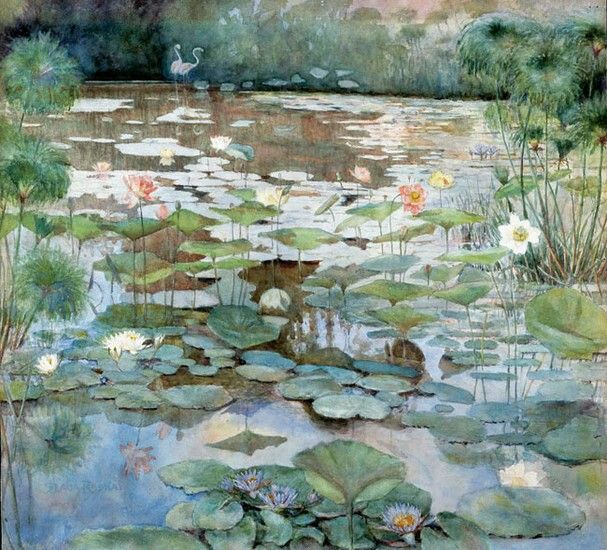
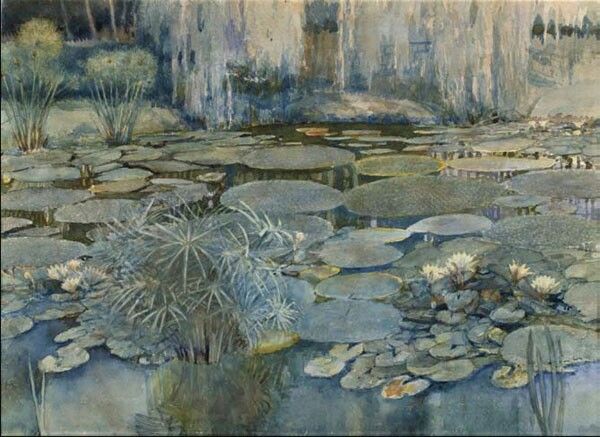
Nasta Rojc is probably the most unconventional female artist on this list. She was born in 1883 and attended the private school of Oton Iveković in Zagreb as well as art schools in Vienna, Munich, and Dachau. On a trip to England, she met the love of her life, Alexandrina Maria Onslow. Alexandrina was an officer of the British army. The Ustasha authorities imprisoned them both because they were suspected of helping the partisans in 1943.
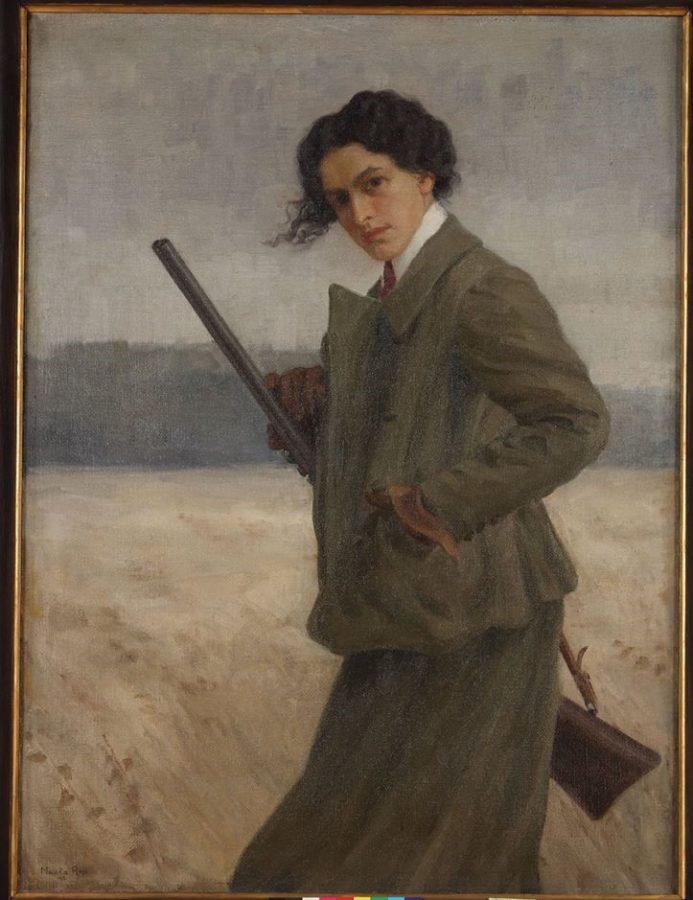
Nasta Rojc undoubtedly showed her great skills in portraits and self-portraits, but also in landscape painting. The most productive periods of her work were the 1920s and 1930s. She belonged to the Zagreb Color School and advocated for the equality of males and females in painting.
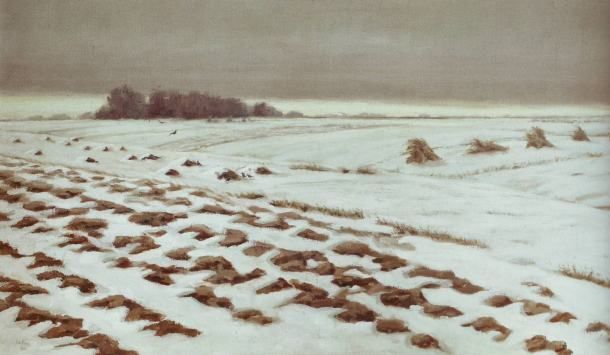
Vera Dajht-Kralj was a female Croatian sculptor. She was born in 1928 in Zagreb to a Jewish family. Her great-grandparents had moved to Croatia from Hungary. She studied in Zagreb and in France. After that, she participated in more than 70 solo and group exhibitions. Beginning in 1954, she made ten monuments and proposed about twenty sculpture ideas for public spaces in Zagreb.
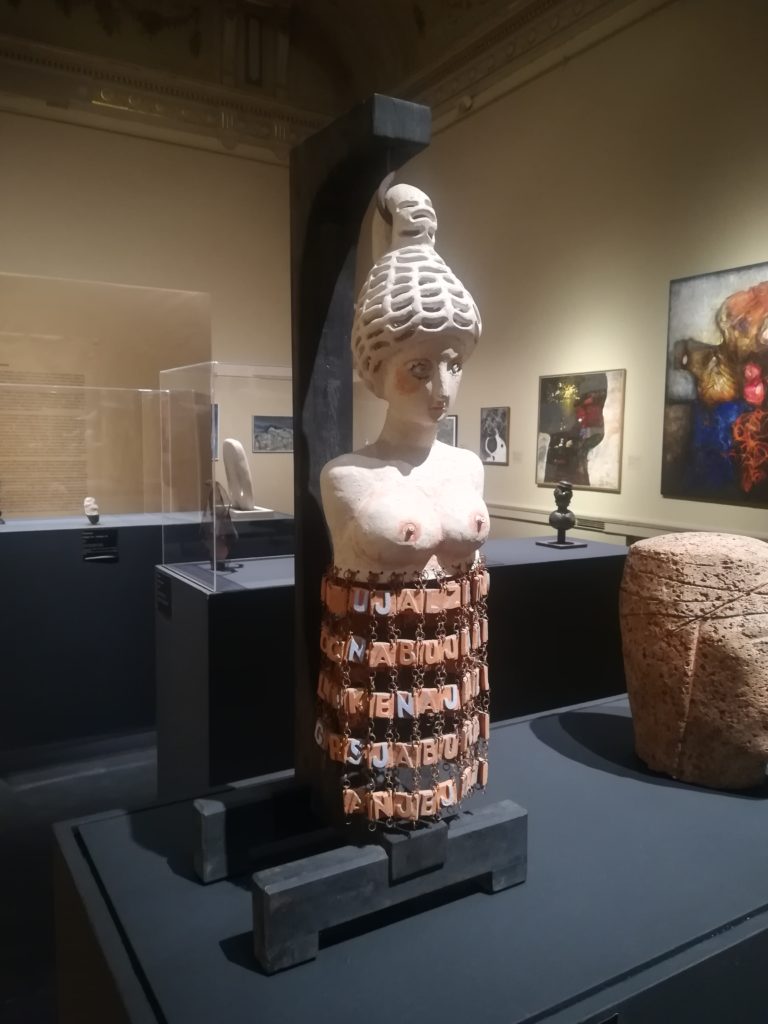
Mila Wood was born in 1888 in Budapest, Hungary. She was a sculptor and also the first female author of monumental plastic in this area. However, her biggest successes were small plastic and ceramic pieces. She studied in Zagreb and Paris. One of her most famous works was the reliefs of children in the former University Library in Zagreb. Even the famous Auguste Rodin was interested in those reliefs.
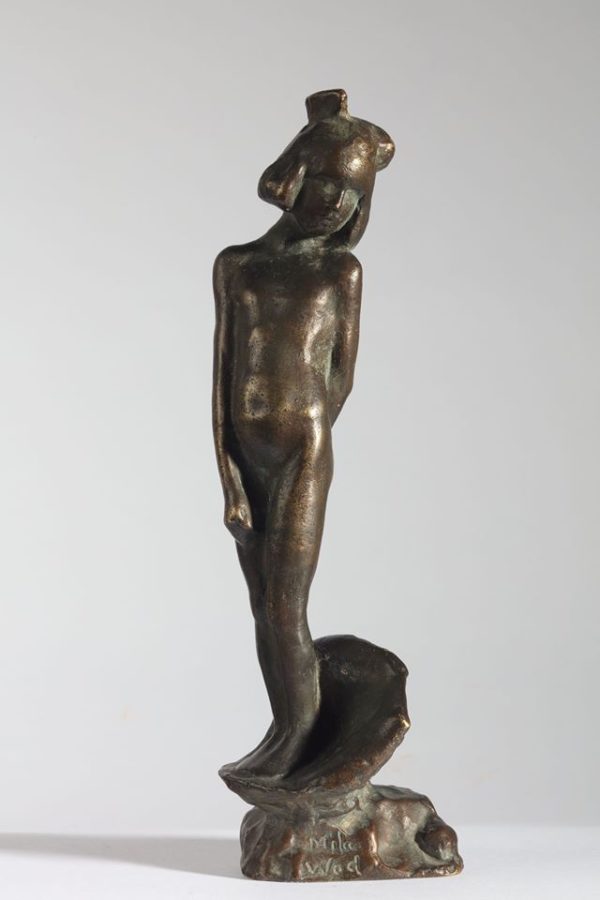
Milena Lah was born in Ajdovščina, Slovenia, in 1920. She studied in Zagreb, Rome, Florence, Milan, and Paris. Primarily, she worked on realistic sculptures. Afterward, she pursued a synthesis of form and symbolic expression of the material. She found inspiration in both Croatian literature and Greek mythology. Milena paid special attention to female and child characters. She also linked traditional ideas with contemporary sculptural forms.
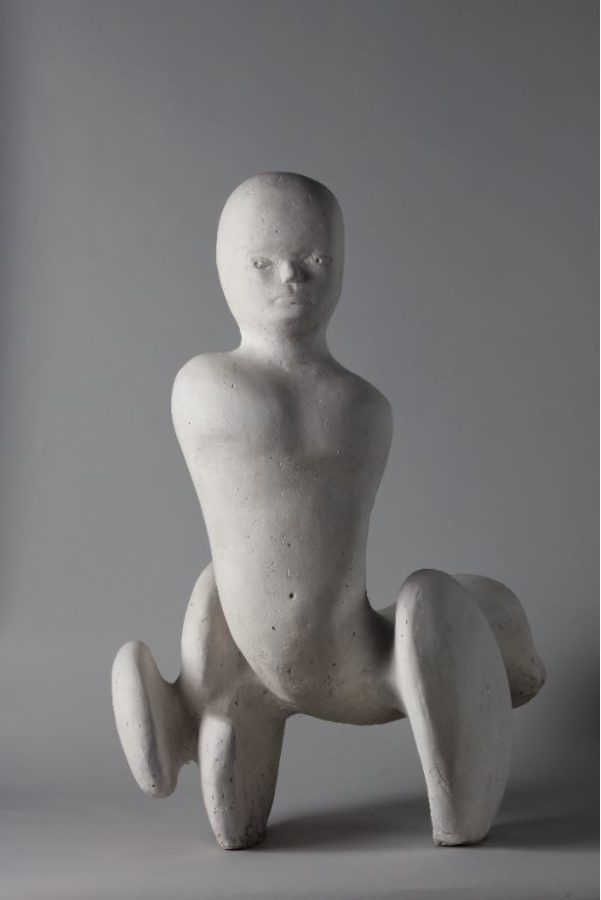
Anak Krizmanić was a Croatian painter and printmaker. Born in 1896, her talent surfaced very early and she thus became the youngest student at the Krizman School of Painting. She later studied in Dresden. This city had a huge influence on her work, she observed it and immortalized it as a result. That also was where her “dancer” and “lover” cycles began. She found inspiration in Anna Pavlova, Greta Wiesenthal, and Gertrud Leistikow. She was attending Lestikows ballet school and absorbed her interpretations of how the movement is made.
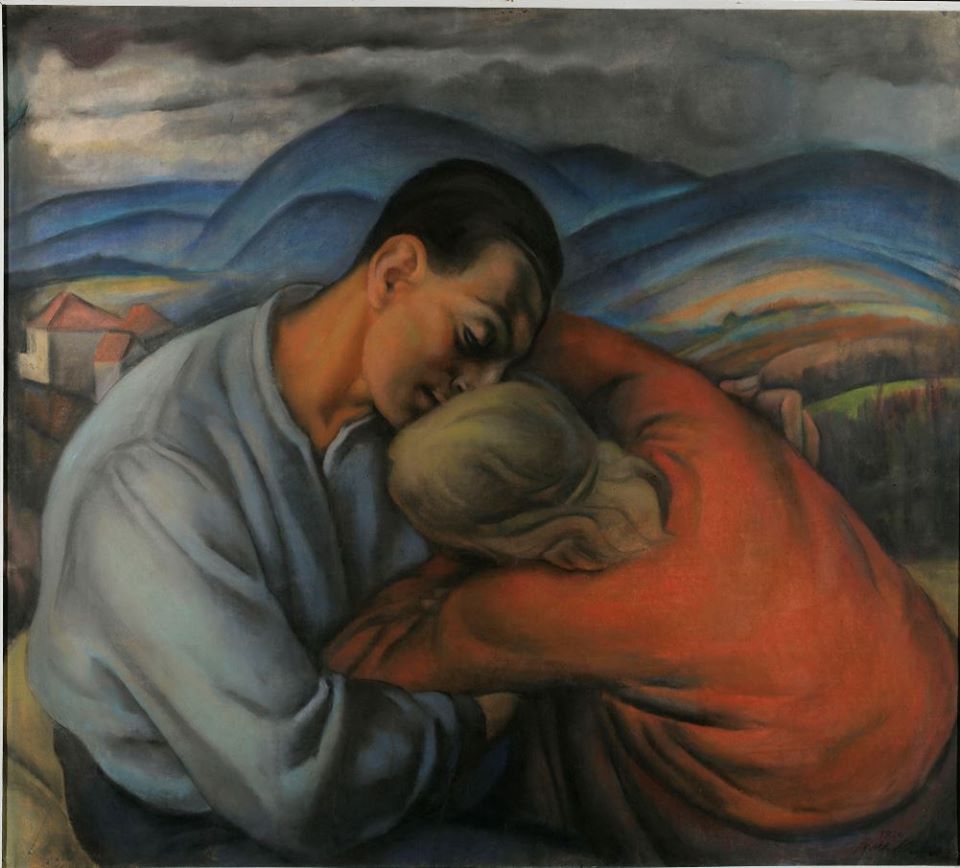
Afterward, Anka accepted the placement as a draftsman at the School of Medicine in Zagreb. Therefore, her output was notably reduced.
Vera Josipović was born in 1923 in Ivanjska, Bosnia and Herzegovina. She studied in Zagreb and visited France, Italy, and the USA. She lived and worked in Italy and Switzerland. Vera also won numerous awards and honors for her work.
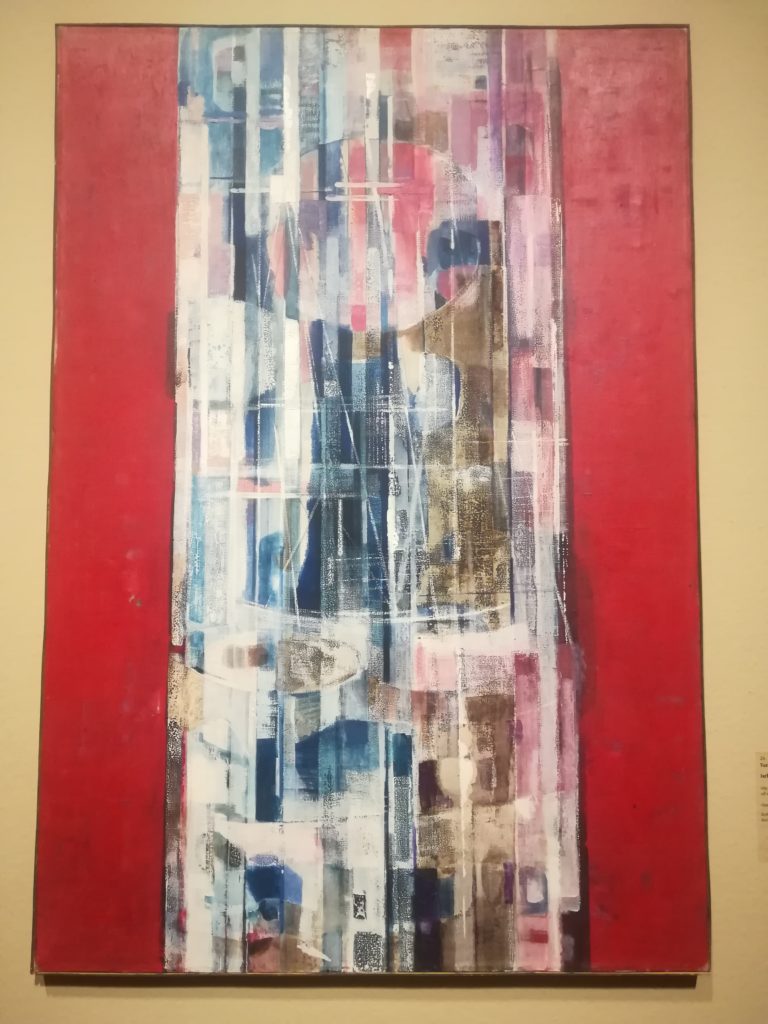
Biserka Baretić is a Croatian painter and graphic artist, born in 1933 who studied in Zagreb. She exhibited at numerous exhibitions and has also won a number of prizes and awards for her paintings, drawings, and prints. The course of her creative effort brought her close to abstract art.
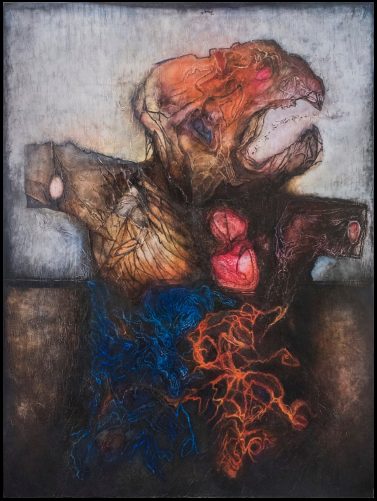
Vera Fischer was born in 1925 in Zagreb to a Jewish family. During WWII, she was imprisoned at the camp in Rab and Kupari. After the capitulation of Italy, Vera joined the National Liberation Movement in Croatia. In 1951, she graduated from the Academy of Fine Arts in Zagreb. After that, she left the classical style of the Academy and turned to the pop art style.
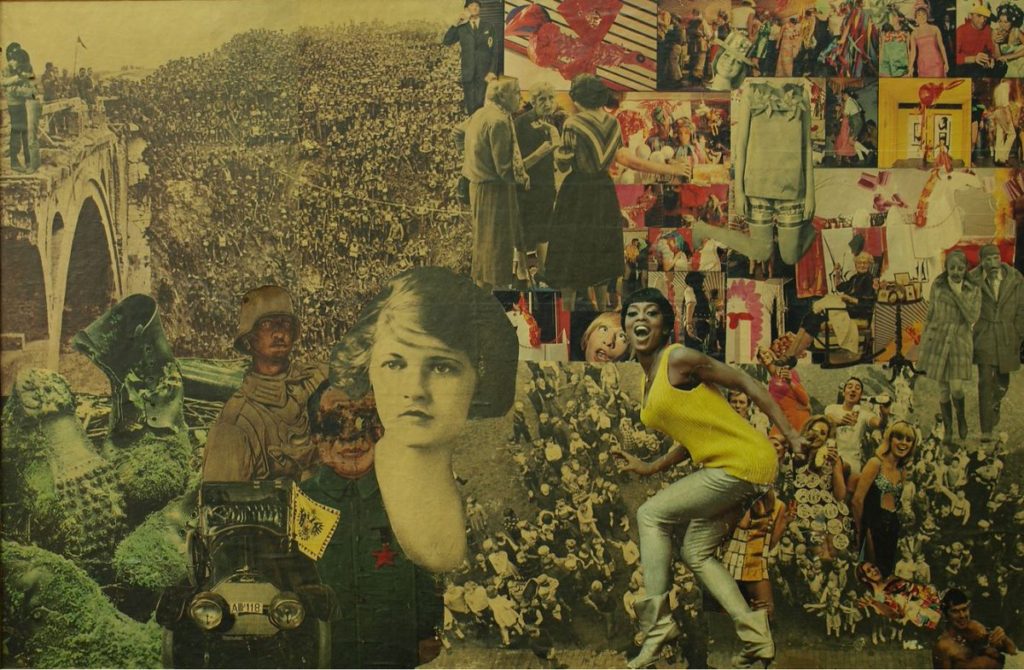
She has participated in numerous solo and group exhibitions. Vera Fischer achieved her artistic culmination with her collages from the 1960s and her photographs from the 1970s. At that time she traveled to New York and thanks to them she was included in the book “Photographers in Croatia”. Vera was active in a mission to bring Christianity and Judaism together.
Marija Ujević was born in 1933. She worked on portraits and figures. She studied sculpture at the Central School of Art and Design in London. Marija has been working at the Academy of Fine Arts in Zagreb since 1987. She is also the author of numerous outdoor and indoor public sculptures.
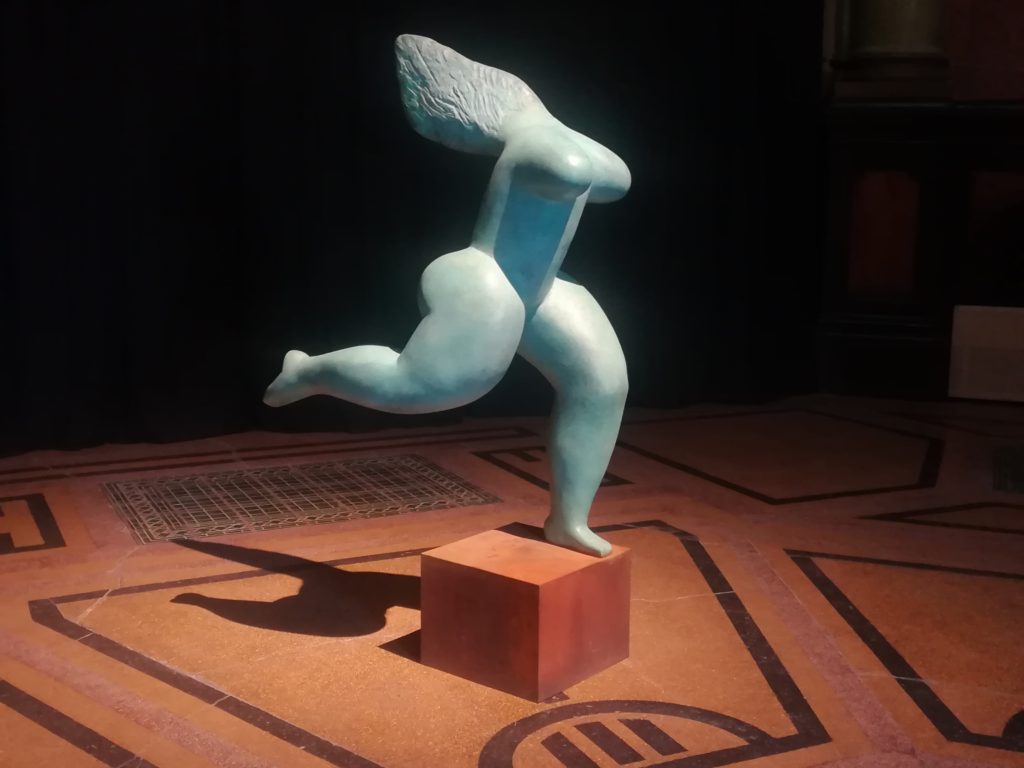
Breda Beban was born in 1952 in Novi Sad, Serbia, and was a female film and video artist. She studied art in Zagreb and later moved to Britain in 1991. Between 1986 and 1994 she made films and videos working with Hrvoje Horvatic. She took part in the exhibition “Committed Visions” at the Museum of Modern Art, New York, in 1992.
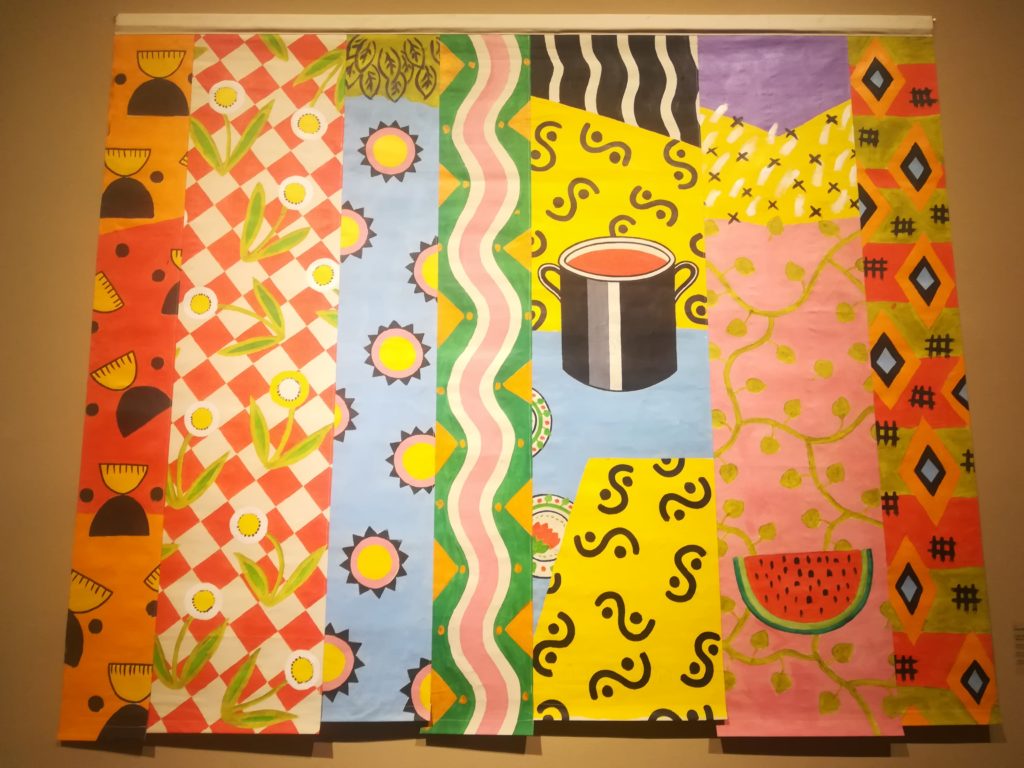
Breda’s video installation “The Most Beautiful Woman in Gucha” was presented at the 2007 Venice Biennale, and acquired for the Speed Art Museum permanent collection.
Zvjezdana Fio was born in 1954. She was a Croatian painter and studied in Zagreb. She belongs to the transavangards in contemporary Croatian painting.
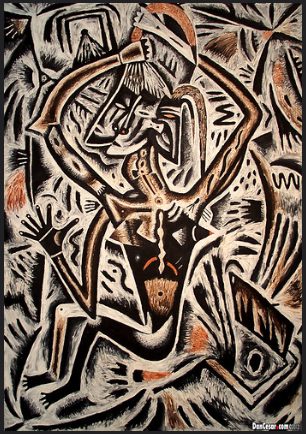
These are the Balkan female artists you definitely should know about! Finishing this list of amazing women, every woman should remind herself of a few more things here.
DailyArt Magazine needs your support. Every contribution, however big or small, is very valuable for our future. Thanks to it, we will be able to sustain and grow the Magazine. Thank you for your help!